It might be useful to compare and contrast this ad to more modern versions of anti-drug campaigns, such as this one.
Found here via Copyranter.
It might be useful to compare and contrast this ad to more modern versions of anti-drug campaigns, such as this one.
Found here via Copyranter.
Dwight D. Eisenhower was the first presidential candidate to use television commercials. Below is one of his commercials, made by Disney, from 1952.
Eisenhower was skeptical about using television and his opponent, Stevenson, wouldn’t appear on television because he thought it demeaning to a man ascending to the presidency. Eisenhower won.
This and campaign commercials since can be found at The Living Room Candidate.
Found at Vintage Ads (date not specified).
Ads often connect buying products with giving women freedom and independence. For instance, of course we knew we’d come a long way, baby, once we got our own cigarettes:
The Chase Freedom credit card gives you the liberty to spend money on all kinds of things:
All of these ads use the theme of women’s independence and freedom as something to be purchased. Women don’t get more freedom by struggling for it, and there aren’t any real obstacles; these companies have commodified independence for you, so all you have to do is buy their product and you’re set!
See also here, here, here, here, here, here, here, and here.
Found at The Situationist.
Gwen Sharp is an associate professor of sociology at Nevada State College. You can follow her on Twitter at @gwensharpnv.
I found these Ray Ban ads at Copyranter,
I also found this cassette tape belt buckle (here), cassette tape bag (here), and boom box pendant (here).
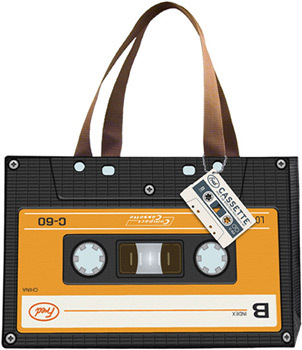

These remind me of this T-shirt with pictures of safety pins on it. When you’re so old school that you, um, buy a t-shirt with… well I guess you’re just buying a t-shirt.
Hmmm… which Midol ad will you hate/love the most?
This one is from the 1960s (found here via Pam’s House Blend):
This one is from the 1990s (found at Feministing):
This is a brand new ad campaign from Midol (found at MultiCultClassics). The text says “Reverse the Curse!” The curse, of course, being women’s punishment for original sin.
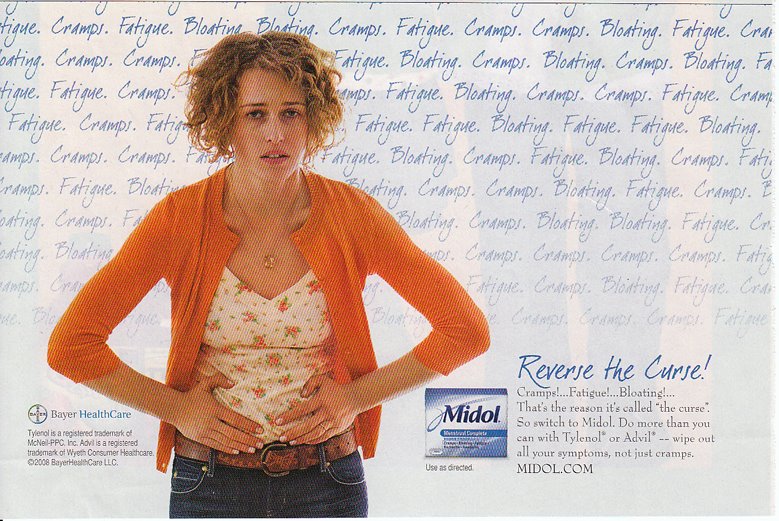
Vietnam-era anti-draft propaganda from The Draft Resistance offers girls to pacifist boys.

From Vintage Ads via Jezebel.
Class is usually a more subtle dimension of ads than race or gender. I think, and I admit I am speculating here, that it is because there is a need to, usually, appeal to the masses while at the same time suggesting that the masses do or should have access to the most high-class things (which they do not). Thus, the difference between being middle-class and upper-class is minimized at the same time that the symbolic attainment (only) of upper-class-ness is being sold to middle-class people. There are exceptions, of course, such as when ads aimed at the upper-class sell product by suggesting that a middle-class person could never afford it.
Anyway, these ads, found here, are from 1962 and 1963. I thought they were interesting because of the way they communicated wealth and luxury, mostly with location.
Notice the very old giant trees, ivy-covered ancient-looking stone, an archway, and hedges… all in what looks like a private residence. The copy, which suggests that I’m right about “symbolic attainment,” begins:
How much does a Cadillac cost? Take a guess–and then check with your authorized Cadillac dealer. Odds are you’ll have guessed too high–for a Cadillac can be remarkably modest in cost.
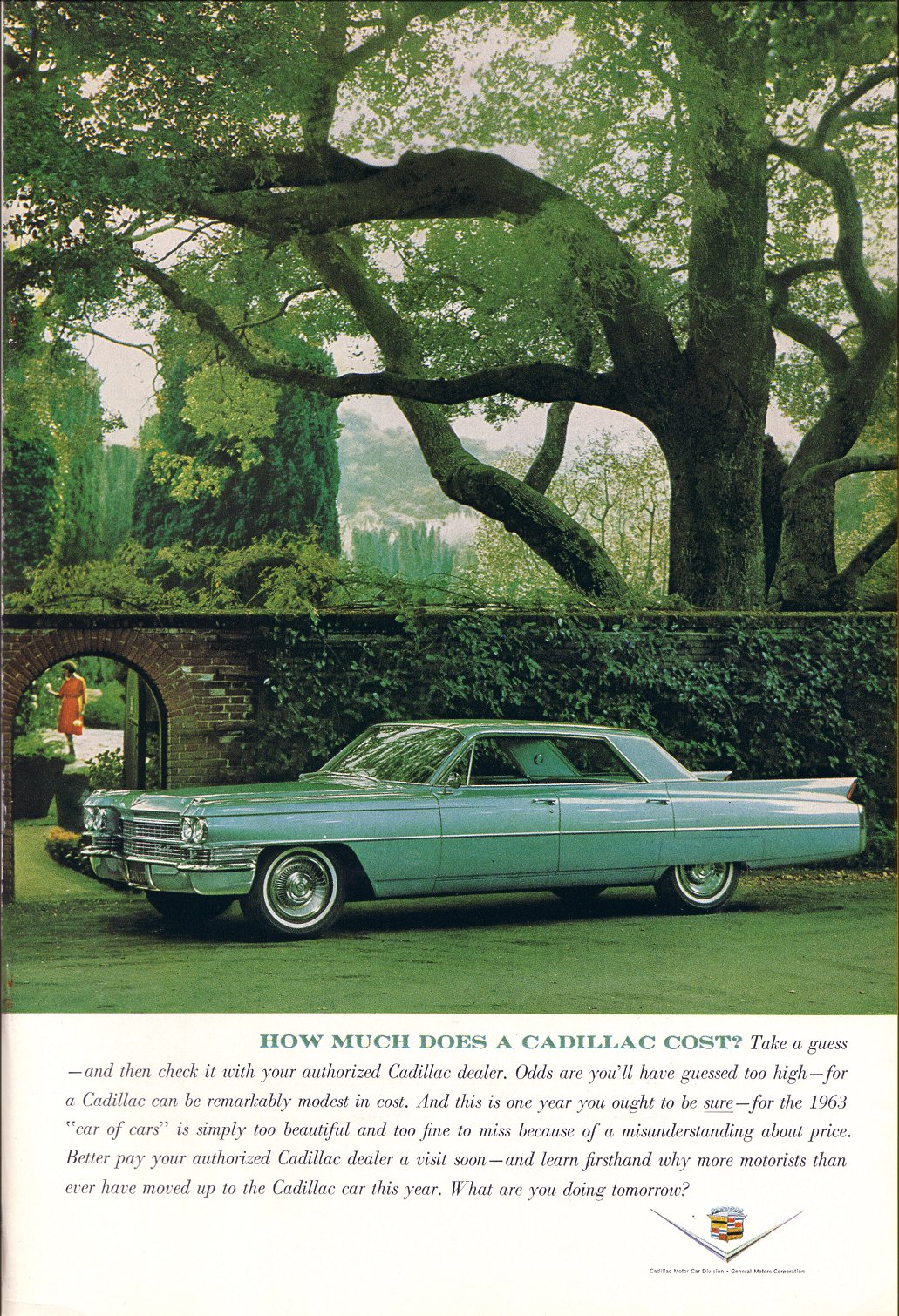
There is a beautiful woman in the expensive-looking dress, of course, but also notice the cobble-stone circular driveway under her feet:
The chauffer communicates a certain degree of wealth, of course, but also the stone driveway decorated with greenery:
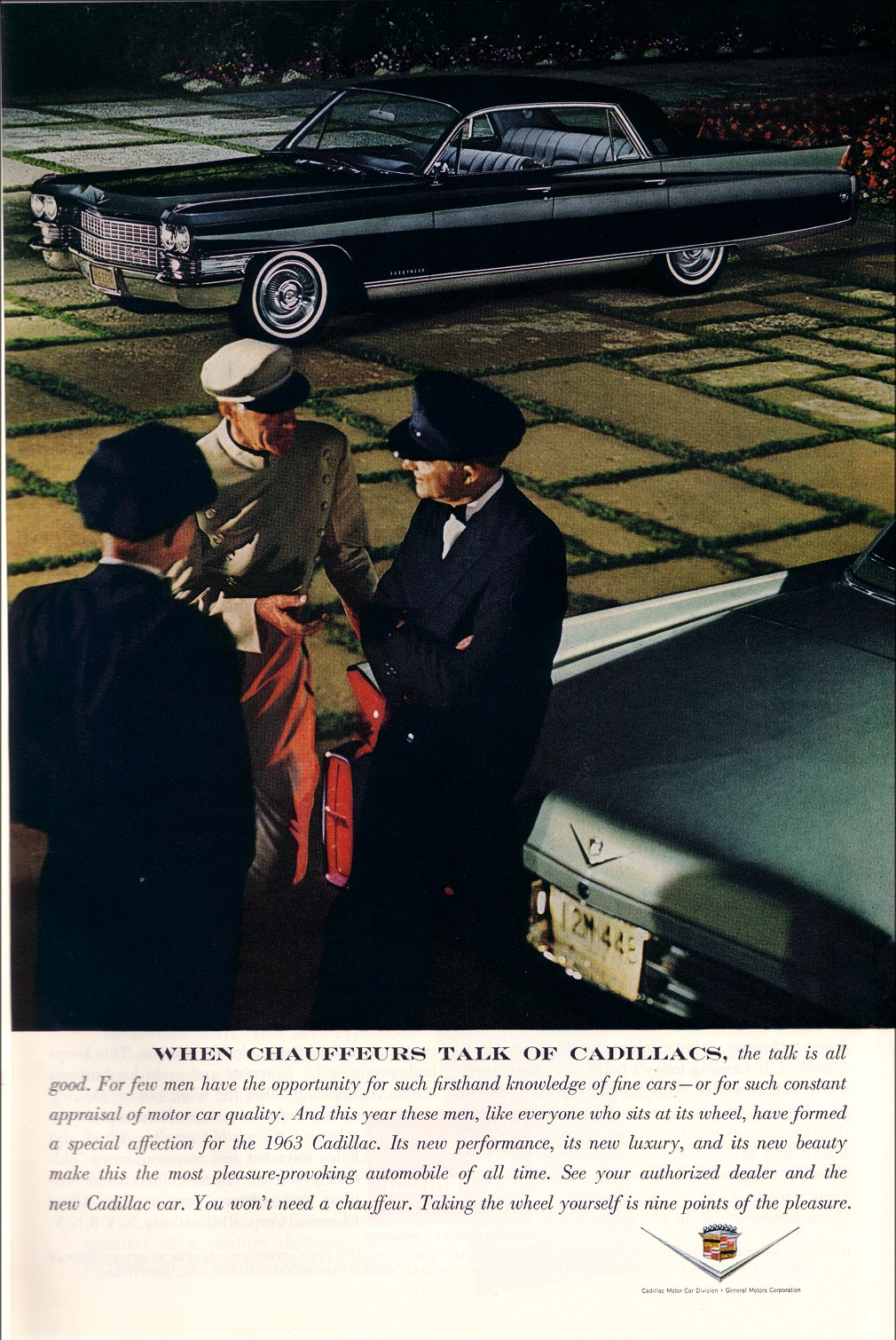
Cobblestones, again, and a very expensive New York City apartment building. Copy includes the following comment:
“…the new 1983 car is the most rewarding possession a man can have.”
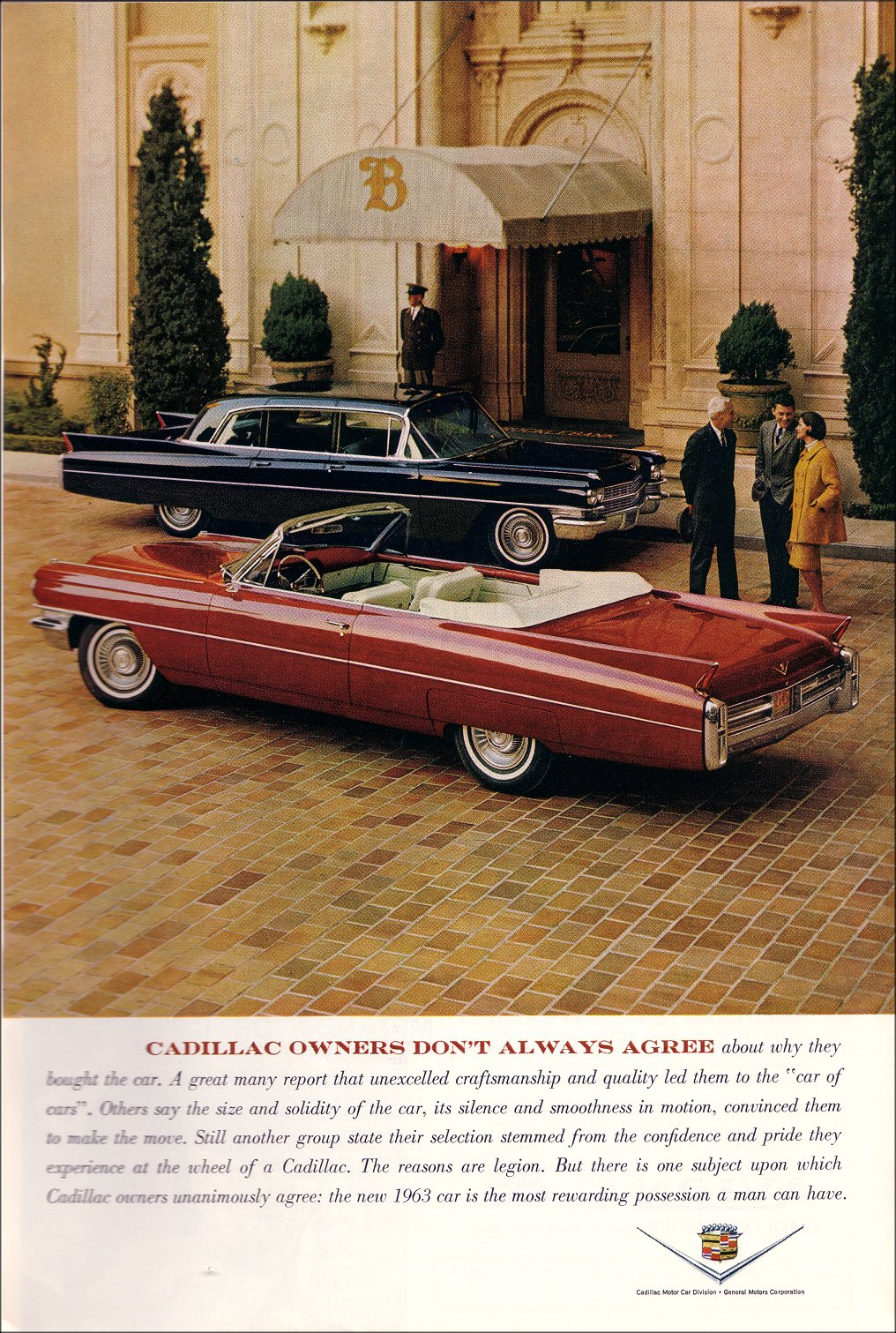
Thanks to Jason for the link!